Cardamom Seeds: From Spice Cabinet to Sensory Heaven – A Must-Know for Every Kitchen Alchemist!
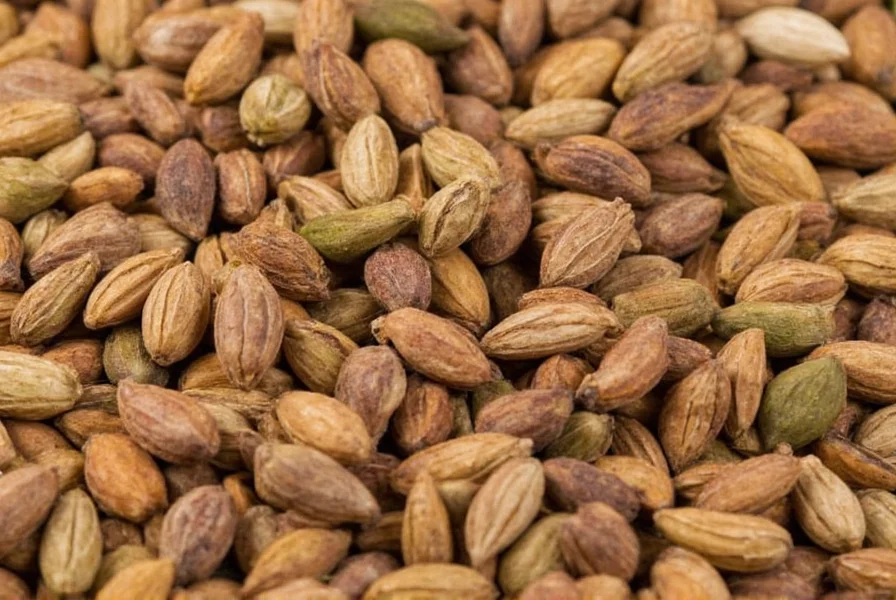
Welcome, spice lovers! If you've ever caught a whiff of something exotic while walking into a bakery or sipped on chai and thought 'what is that magical aroma?', chances are it was cardamom. In this article, we're going deep into the world of cardamom — specifically its precious seeds. Whether you're a seasoned pro or just getting started in the aromatic art of spice blending, this guide is packed with tips, facts, and flavor hacks you won’t want to miss.
Table of Contents
- What Are Cardamom Seeds?
- Types of Cardamom Seeds
- Health Benefits of Cardamom Seeds
- How to Use Cardamom Seeds in Cooking
- Buying Guide: Choosing the Best Cardamom Seeds
- Storing Cardamom Seeds Like a Pro
- Fun Facts & Flavor Pairings
- Conclusion
What Are Cardamom Seeds?
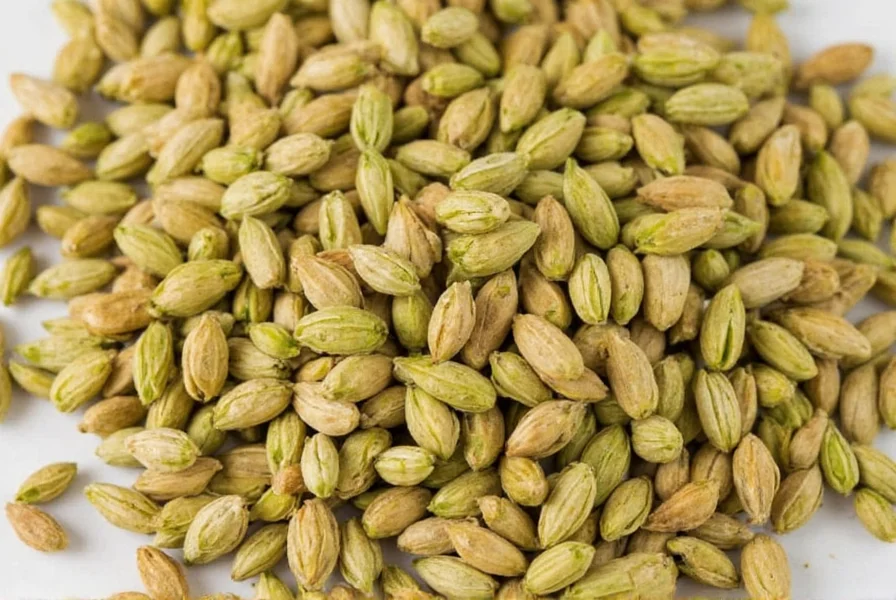
Cardamom seeds come from the pods of the cardamom plant (Elettaria cardamomum), which belongs to the ginger family. The pods are usually dried and sold whole, but it's the tiny black seeds inside that pack all the punch. While green cardamom is the most common variety, there’s also black cardamom with a smokier profile. Let’s break it down:
| Type | Flavor Profile | Best For |
|---|---|---|
| Green Cardamom Seeds | Sweet, floral, citrusy | Baking, desserts, chai |
| Black Cardamom Seeds | Smoky, earthy, savory | Curries, stews, biryanis |
Types of Cardamom Seeds
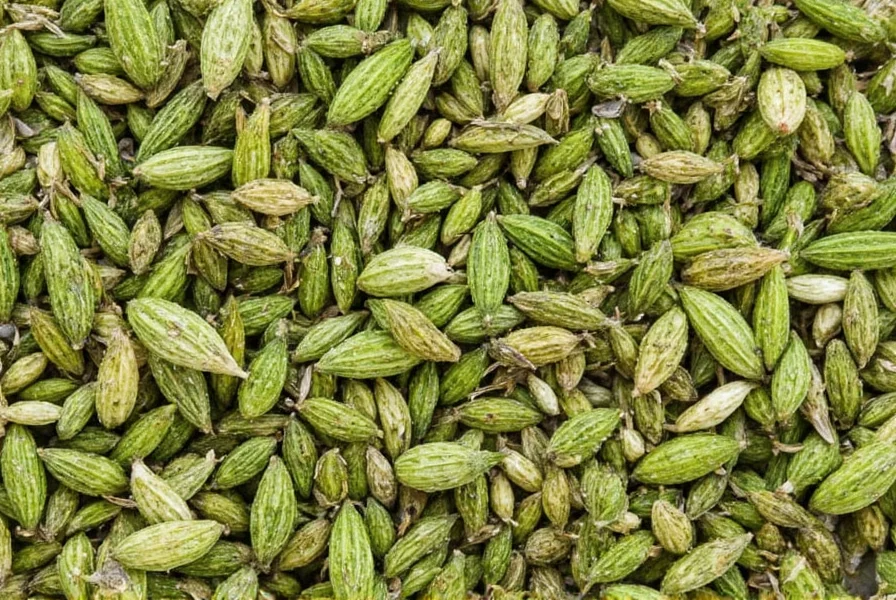
Let’s take a closer look at the two main types of cardamom seeds you’ll encounter in markets and recipes:
- Green Cardamom Seeds: These are the sweet, fragrant powerhouses often used in desserts and beverages. They’re harvested before fully maturing and then sun-dried.
- Black Cardamom Seeds: Larger and more rugged, these come from a different species and have a bold, smoky aroma. Often used in meat dishes and regional Indian cuisine like Rogan Josh or Biryani.
Pro Tip: Always buy whole pods if you can — grinding them fresh ensures the most intense flavor!
Health Benefits of Cardamom Seeds
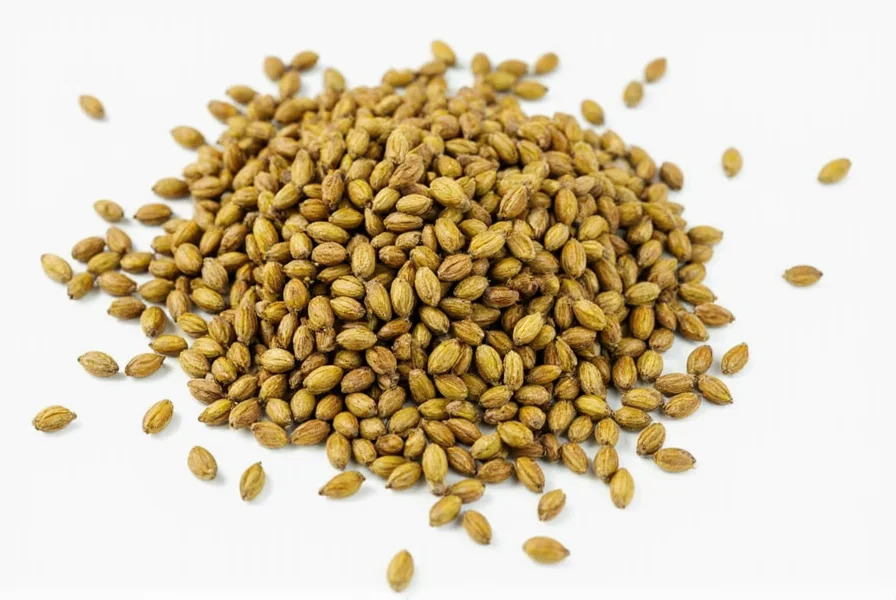
Cardamom isn’t just about taste; it’s got some impressive health benefits too. Here’s what science says:
- Anti-inflammatory properties help reduce swelling and discomfort.
- Antioxidant-rich, supporting cellular health and immune function.
- Oral health booster — it fights bad breath and bacterial growth.
- Improves digestion by stimulating enzymes and reducing bloating.
- Promotes heart health by helping manage blood pressure levels.
And here’s the kicker: cardamom has been used in Ayurvedic medicine for centuries as a natural remedy for respiratory and digestive issues. So next time you reach for those seeds, remember you’re not just spicing up your meal — you're healing a little, too.
How to Use Cardamom Seeds in Cooking
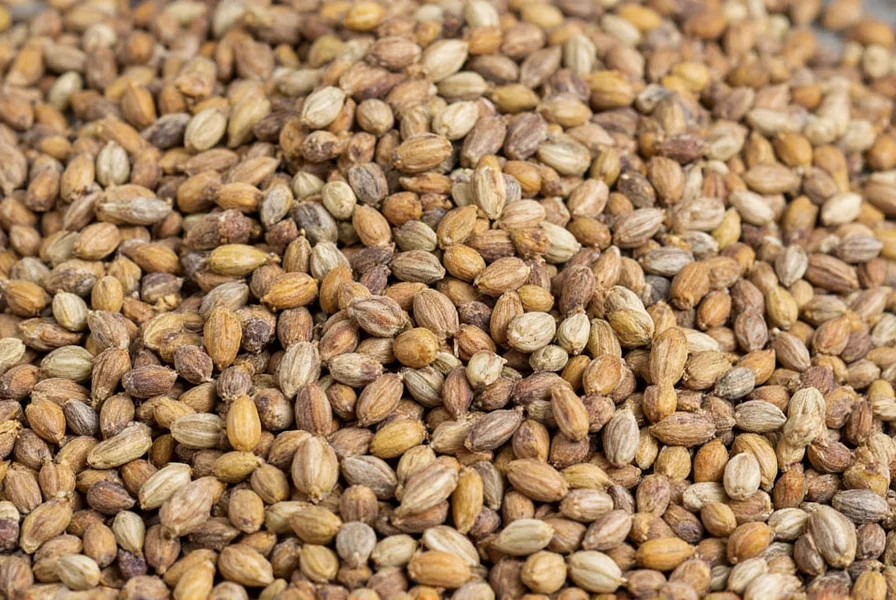
The beauty of cardamom seeds lies in their versatility. You can use them whole or ground, depending on the recipe. Here are some popular ways to incorporate them into your cooking:
- Chai Time: Crush a few green cardamom seeds and simmer with tea leaves, milk, and sugar for a classic masala chai.
- Baking Bliss: Add freshly ground cardamom to cakes, cookies, or Scandinavian-style loaves (like Swedish cardamom buns).
- Meat Magic: Use black cardamom seeds in slow-cooked lamb or beef curries for depth and smokiness.
- Rice Revival: Toss a few pods into basmati rice while cooking for an aromatic side dish.
- Coffee Kick: Grind cardamom with coffee beans before brewing for a spicy twist.
Remember: a little goes a long way. Start with a pinch and adjust to taste!
Buying Guide: Choosing the Best Cardamom Seeds
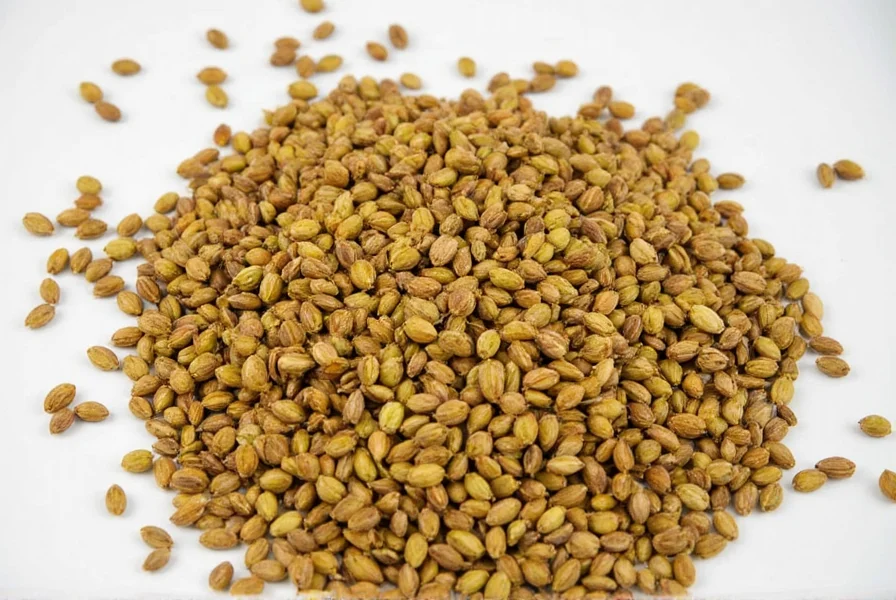
Not all cardamom seeds are created equal. Here's how to pick the best ones every time:
| Feature | Good Quality | Avoid |
|---|---|---|
| Color | Bright green (green cardamom) | Faded or brownish pods |
| Aroma | Strong, fragrant scent when crushed | Mild or musty smell |
| Texture | Whole, unbroken pods | Broken, shriveled pods |
| Origin | India, Guatemala, Sri Lanka | Unknown sources or poor reviews |
Top Picks for Premium Cardamom Seeds:
- Brand A – Organic Green Cardamom Pods: Sustainably sourced, full-bodied flavor, perfect for grinding at home.
- Brand B – Whole Black Cardamom Pods: Smoky and robust, ideal for traditional Indian and Middle Eastern dishes.
- Brand C – Freshly Ground Cardamom Powder: Ready-to-use convenience with sealed freshness packaging.
Who Should Buy: Serious cooks, spice collectors, tea lovers, and anyone wanting to elevate their pantry staples.
Storing Cardamom Seeds Like a Pro
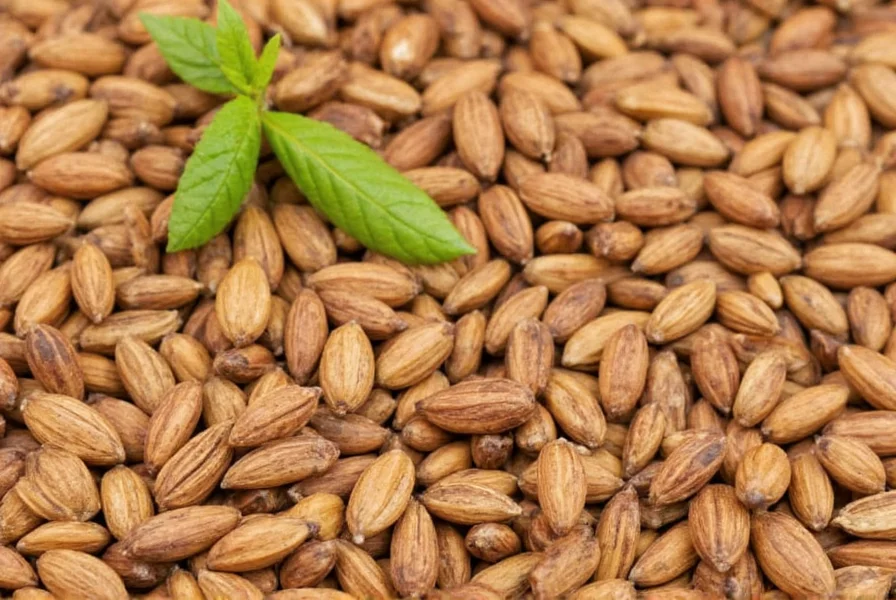
To keep your cardamom seeds tasting their best, proper storage is key. Here’s how to store them like a kitchen ninja:
- Whole Pods: Keep in airtight glass jars away from light and moisture. Shelf life: up to 1 year.
- Ground Powder: Store in a cool, dark place. Shelf life: around 6 months.
- Refrigeration: Not necessary unless you live in a humid climate. If you do, make sure to use vacuum-sealed containers.
- Freezing: Yes! Freeze whole pods in a ziplock bag for extended freshness. Just be sure they’re completely dry before freezing.
Fun Facts & Flavor Pairings
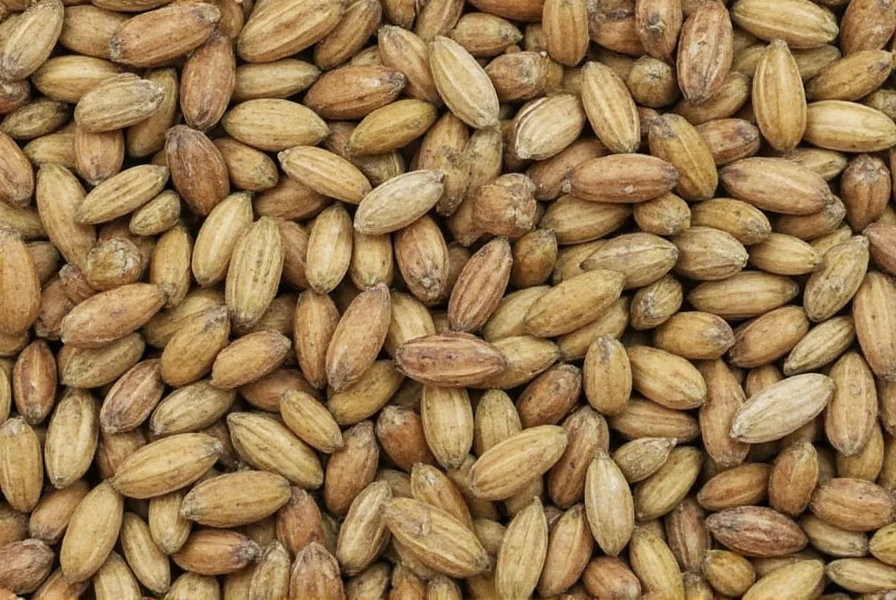
Want to impress your guests or spice up your dinner party? Try these fun combos:
- Cardamom + Coffee = Instant Luxury: Add a pinch to your French press for a warm, spiced morning brew.
- Cardamom + Orange Zest = Citrus Explosion: Perfect in baked goods like muffins or custards.
- Cardamom + Rosewater = Royal Romance: Classic in Middle Eastern desserts and teas.
- Cardamom + Cinnamon = Double Warmth: Ideal for mulled wines and winter cocktails.
- Cardamom + Chocolate = Spicy Sweetness: Elevate brownies or hot cocoa with a touch of magic.
Also, did you know that cardamom is one of the most expensive spices in the world — third after saffron and vanilla? That’s because it’s hand-harvested and extremely labor-intensive to process. But trust us, it’s worth every penny.
Conclusion
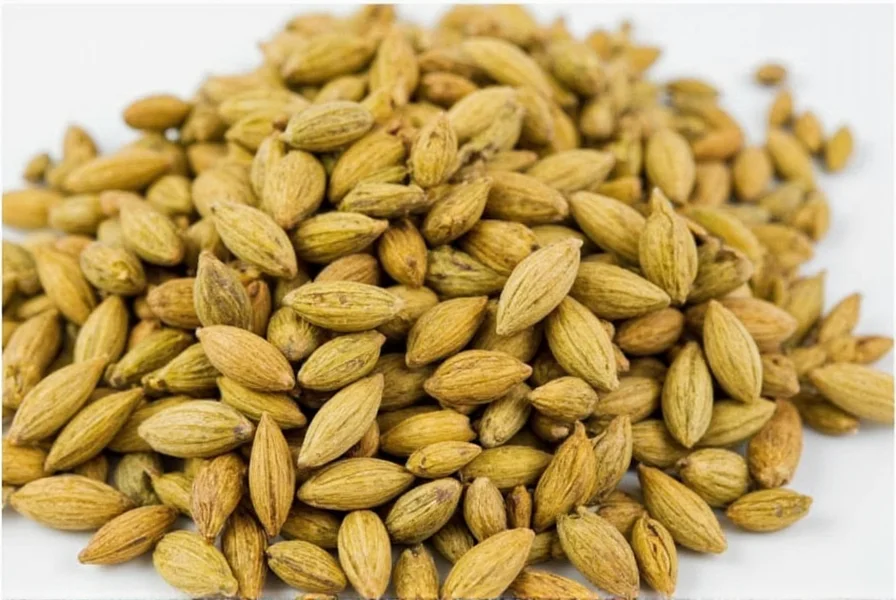
Whether you’re baking your first cardamom cake or simmering a complex curry, understanding the role of cardamom seeds can truly transform your cooking. Their unique flavor, powerful health benefits, and versatility across cuisines make them a must-have in any serious spice collection.
From choosing the right pods to storing them properly and using them creatively in both sweet and savory dishes, you now have all the tools to become a cardamom connoisseur. Go ahead — crush, grind, and sprinkle your way to culinary bliss. Your senses (and tastebuds) will thank you!

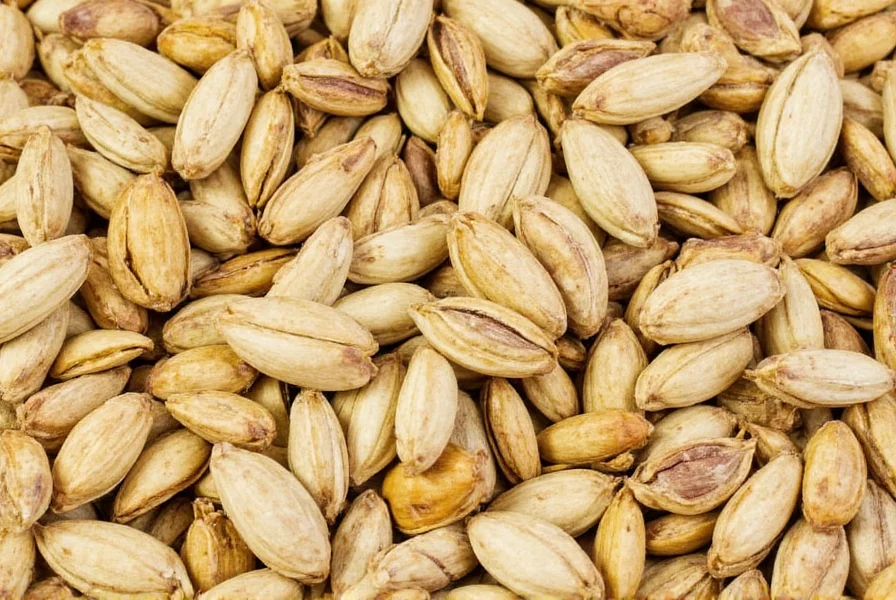









 浙公网安备
33010002000092号
浙公网安备
33010002000092号 浙B2-20120091-4
浙B2-20120091-4